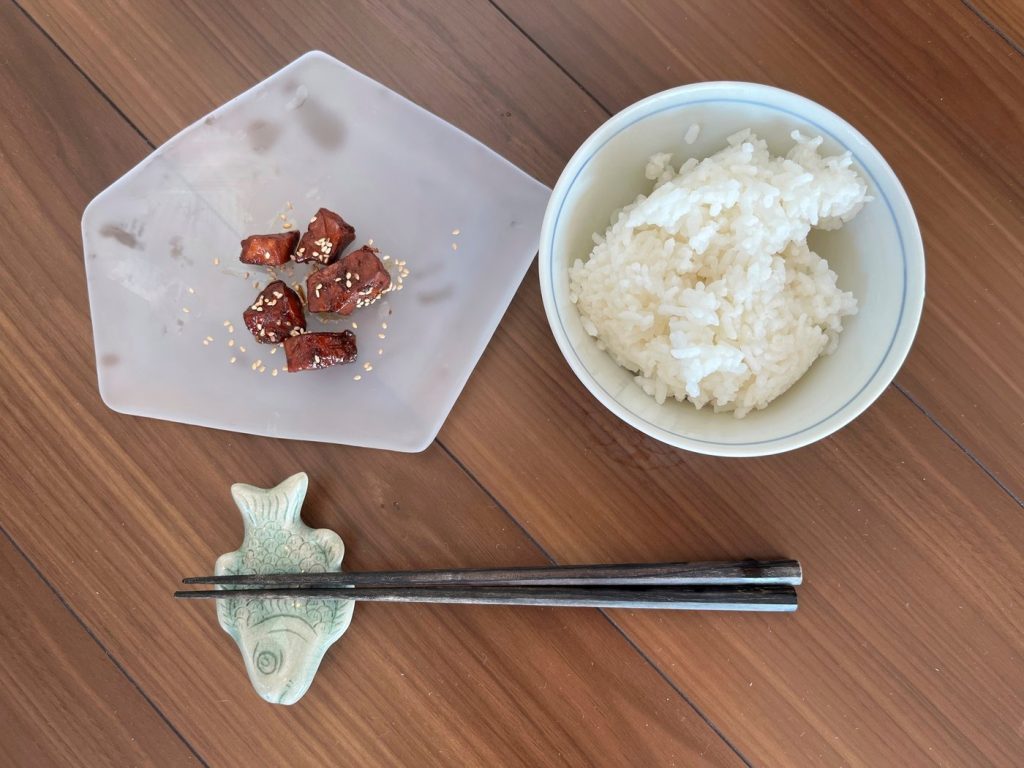TOKYO (AP) - Tsukudani, a traditional Japanese side dish, has its roots in the samurai era and originated in a small neighborhood known as Tsukuda, located in the historic part of Tokyo. The term "tsukudani" reflects its origin, as adding the suffix “ni” in Japanese signifies the location where the dish is prepared. This unique and flavorful side dish is often enjoyed with hot rice, making it a staple in Japanese cuisine.
Professional tsukudani is commercially available, packaged for consumers at various Asian food stores, including options in the modern-day Tsukuda neighborhood, where the dish first gained popularity. Traditional tsukudani is crafted by simmering bite-sized ingredients, such as meat or vegetables, in a dark and sweet sauce over low heat. The ideal cooking duration lasts about one hour, allowing ample time for the flavors to meld together, resulting in a rich and savory taste profile. Careful attention to the simmering process is essential to prevent overcooking.
The delightful dish can be served alongside a bowl of steaming rice or paired with sake. Additionally, tsukudani can also be utilized as a filling for rice balls, adding versatility to its use in various meals.
AP contributor Yuri Kageyama provides a simple tsukudani recipe that can be prepared in just one hour, yielding five servings. The ingredients required for this easy recipe include:
- 1/2 cup of clams, tuna, seaweed, shrimp, meat, or another food item for tsukudani
- ¼ cup sliced ginger
- 2 tablespoons sugar
- 1/2 teaspoon salt
- 1 tablespoon mirin, or sweet rice wine
- 2 tablespoons soy sauce
- 1 teaspoon sake, or rice wine
- 2 teaspoons roasted sesame seeds
To prepare the dish, begin by chopping the clams, tuna, seaweed, shrimp, or chosen meat into small pieces, roughly the size of a pea. Thinly slice the ginger. Combine all the ingredients in a large pot and cook over low heat for approximately one hour, ensuring the juice reduces adequately. Finally, sprinkle the prepared dish with roasted sesame seeds before serving.
This flavorful dish not only pays homage to its historical roots but also continues to hold a special place in modern Japanese cuisine, thriving in both traditional and contemporary kitchens.










